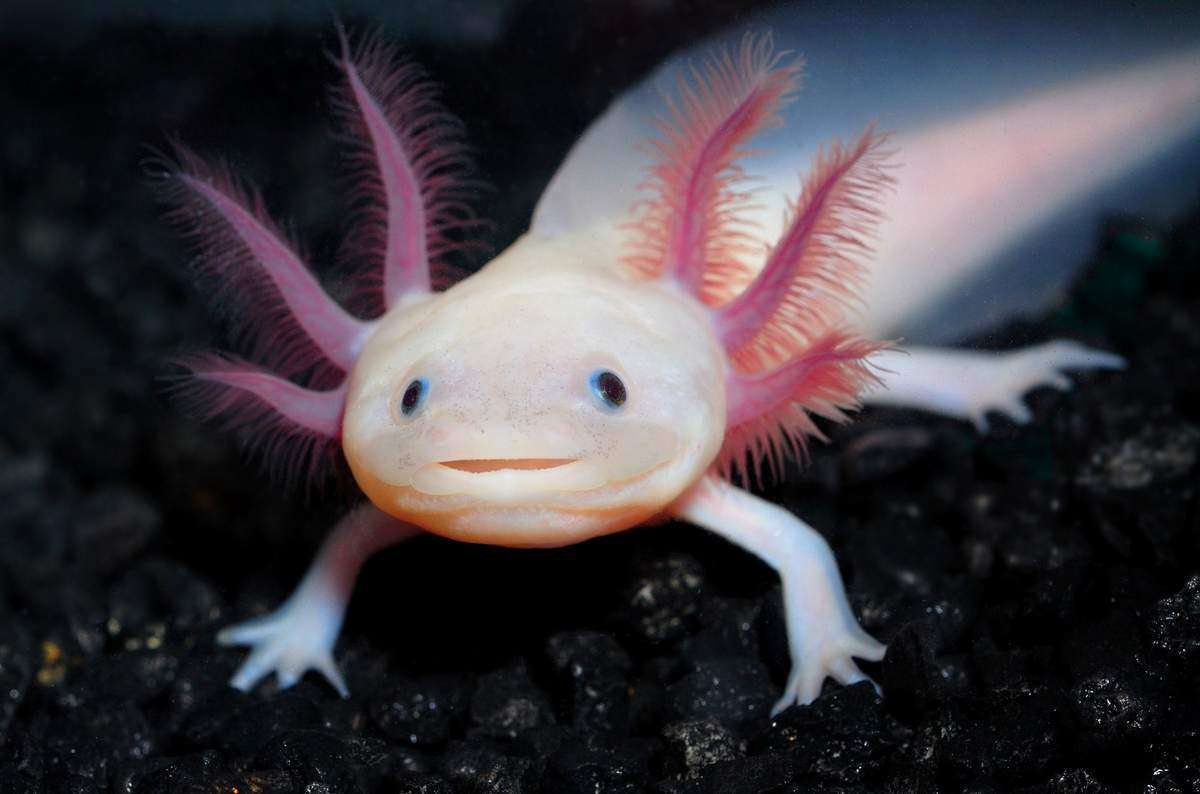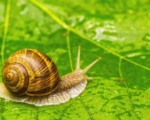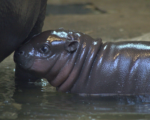Axolotls, the aquatic salamanders famous for their cute appearance and remarkable regenerative abilities, have become a cultural phenomenon in recent years. With their wide eyes, smiling mouths, and pastel pink coloring, they are frequently seen in media, including video games like Minecraft and merchandise like stuffed animals. However, despite their widespread popularity and the countless axolotls bred for research and the pet trade, these creatures are facing a severe survival crisis in the wild, specifically in their native habitat of Lake Xochimilco in Mexico City.
Scientist Dr. Randal Voss, a professor of neuroscience at the University of Kentucky, is no stranger to the axolotl’s celebrity status. During public outreach events, he often meets people who are fascinated by these salamanders, expressing how much they adore them, either from online content or toys. “They’re so adorable, we love them,” is a common refrain. However, behind their public charm, axolotls face critical threats that have led them to the brink of extinction in their natural environment.
A Scientific Mystery
The name “axolotl” comes from the Nahuatl language, spoken by the Aztecs, and refers to the god Xolotl, who was said to transform into a salamander. Unlike most amphibians that undergo a complete metamorphosis from aquatic larvae to land-dwelling adults, axolotls retain their juvenile features throughout their entire lives. This phenomenon, known as neoteny, is one of the key areas of scientific interest in axolotls. Their gills, which are visible and external, allow them to breathe underwater, and they remain fully aquatic in the unique environment of Lake Xochimilco.
The reasons behind this inability to undergo metamorphosis are still debated. One hypothesis suggests that the lake’s resources were so abundant that axolotls did not need to expend energy transforming into land-dwelling adults. This adaptation allowed them to thrive in the aquatic environment, which is now increasingly threatened.
The Decline of Lake Xochimilco and Its Inhabitants
Lake Xochimilco, a 10-square-mile water body with slightly salty water, has undergone significant changes over the past century. Originally home to an extensive network of chinampas, or floating agricultural islands, the lake provided a rich habitat for axolotls. However, the rise of industrialization, pollution, and invasive species such as carp and tilapia has severely degraded the ecosystem. These fish prey on axolotl eggs, further reducing their numbers. A 1985 earthquake that displaced many people around the lake also contributed to habitat destruction.
As a result, axolotls are now critically endangered, with fewer than 100 adults remaining in the wild. While the wild populations are dwindling, axolotls thrive in scientific laboratories and the exotic pet trade, where they are bred for research and as pets. The axolotls seen in pet shops are often genetically distinct from their wild counterparts, and many are selectively bred for unusual colors like pink, white, and black—traits that are rare in nature.
The Role of Axolotls in Science and the Pet Trade
Axolotls have played a crucial role in scientific research for over 150 years. Their ability to regenerate limbs, spinal cord tissue, and other body parts has made them a valuable subject for studies on tissue regeneration and stem cell biology. In 1864, axolotls were first brought to Europe, and since then, their unique biology has captured the interest of researchers worldwide.
In the pet trade, axolotls are often bred for their striking appearance. However, the animals sold in pet stores tend to have limited genetic diversity due to inbreeding, which poses a risk to their overall health and long-term survival.
The Challenges of Conservation
While axolotls have achieved widespread recognition, this fame has not translated into significant conservation success. The public’s familiarity with the species can sometimes lead to a false sense of security, with people assuming that the salamanders are thriving everywhere. In reality, the axolotls of Lake Xochimilco are critically endangered and require immediate attention.
Dr. Luis Zambrano, a professor of zoology at the National Autonomous University of Mexico, has been working on axolotl conservation for over two decades. He emphasizes the need for innovative strategies to protect the species, particularly through efforts that combine local knowledge with scientific research. One promising approach involves restoring the chinampa system, which could help improve the quality of the lake’s water and provide better habitat for the axolotls.
The Road to Restoration
Efforts to save the axolotl will require policy changes and support from both local communities and global conservation efforts. Zambrano suggests that the rising popularity of axolotls could help raise awareness and fund conservation initiatives. Symbolic adoption programs, where people can support axolotl conservation efforts, may provide a vital source of funding for restoration projects.

















